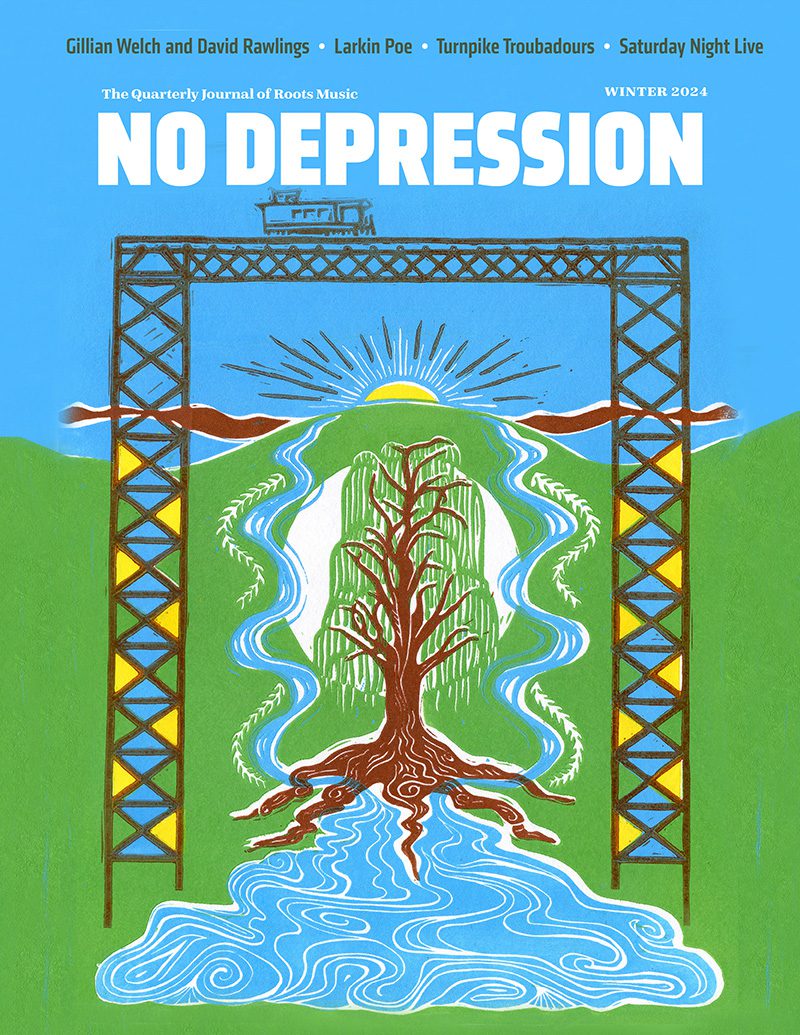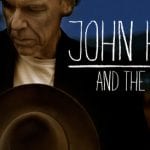Oran Etkin’s “Wake Up Clarinet” Brings Children(and adults) to the Essence of Americana Music
(Oran will be appearing at McCabe’s in Santa Monica, Ca. on October 17 at 11:00 am in a concert for young and old alike)There is a short list of musicians who have been able to captivate children through music while providing of unusually good quality audiences of all ages can enjoy. After listening to multi-instrumentalist Oran Etkin’s Wake Up Clarinet, you can add him to the top of the list.
With his new educational teaching method he calls, Timbalooloo, has been compared to a pied piper with his clarinet in hand and his imagination in overdrive. But, the metaphor is limited. In a sense, he’s more of a child’s prophet; a musical Moses, if you will, leading his audience from the mediocrity of the pre-fabricated and manipulated sound of an adult version of childhood which inhabits much of today’s music for children. How he is doing this is as miraculous as it is natural. He discovers what he calls ‘the essence of music’ which is to say, he’s open in a childlike and intuitive way. He simply listens to the rhythm that’s already there. He finds his approach in the sum total of a part. In every note, scale, melody and rhythm there is a universe of history, nuance, story and soul waiting to be uncovered. You pick up one piece of his scale and you’ll find your body engaged in a celebration of lyric and melody. “Mary Had A Little Lamb”, for example. But, attached to such simple song is math, science, history, social studies and physical education; it’s all part of a whole and the whole is found in any given part.
In the interview that follows Oran challenges musical boundaries imagining Mozart and Willie Nelson jamming together. And indeed, this is what happens in his approach. In his musical world and in the education children receive from his curriculum included in this new fresh and original CD, Wake Up, Clarinet; the borders are shattered and true education happens. A classic example on this fine new record is “Eh La Bas: The Story,” which tells the story of King Louis and the eventual founding of the forrest-in-the-water which came to be known as New Orleans. During a three minute period the listener is treated to history, geography, math, language and the magic of rhythm, and melody. In the world of Oran Etkin education is the discovery of the life that’s there around him and us, surrounded in an ocean of song….and it’s all there for the kids, the most demanding of audiences, who he captivates with grace and joy.
TR: Tell me about Timbalooloo.
OE: Well, I noticed, after teaching older students, it was a lot easier for kids to learn during the first ten years of life. I noticed rhythm came natural to them. They could learn almost without thinking about it. This is a new approach using games and songs to teach specific concepts through a through living experience. An example is when I was teaching the kids about chords and melody. They live it through their bodies, through visuals. It’s a way of teaching when they’re not really thinking about it. I also include the music from the great masters, like Tito Puente, Willie Nelson, Mozart and Blind Willie McTell.
TR: So you really give the kids diversity of experience and sound.
OE: Yeah. It’s like if you grow up with one language, once accent, that’s what you’ll express. So, you grow with Italian, that’s your accent. But, if you grow up with different languages, your accents will vary. If you grow up listening to Louis Armstrong, Willie Nelson or Blind Willie, you’ll get much more to draw from.
TR: How do the kids respond?
OE: Well, they don’t know what the media is telling them so for them Mozart is just as current as Willie Nelson. Then, I tell stories about each one of them. Like, there’s a childhood story about Herbie Hancock. I’ll show them pictures of him when was a little boy. He becomes a friend of theirs.
TR: So, this becomes much more than just an academic exercise?
OE: Yeah. As a musican I feel like sometimes music schools get over intellectualized and the essence of what music really is lost. And it’s about naturally expressing yourself having fun, being sad, it’s about honesty. The kids react to these songs this way because they come out of everyday life.
TR: I noticed on the new CD, your taking some pretty common children’s songs and standing them on their ears…literally.
OE: There’s some good things out there. Think of a song like “Twinkle, Twinkle Little Star.” You know, you have straight quarter notes. There’s really no interesting rhythm. Everything’s on the major scale, hardly even a minor. So, you do different things with the melody and rhythm and it’s like you’ve taken one syllable words and you begin to make full, more complex sentences. It’s the same with music. There’s nothing bad about the songs as they are, it’s just that there’s more to be had.
TR: So you’re really teaching is for the kids to be explorers.
OE: Yes. Absolutely. It’s about being open. And I find they’re teaching me. The kids are so open to everything new. It’s how they’re able to connect with the music and the life around them. They’re the inspiration. Because of who they are, they can learn music this way. It becomes who they are in their souls. You know, rules are great, but you need to learn the essence of music: Being open and curious. An example is when I take Willie Nelson and the song, “Mom and Dad Waltz.” You know, the kids are at pre-school and their mom or dad has left them there for the day. The song about longing to be with your mom and dad speaks to them, to exactly what they’re thinking. From there they learn about what a waltz is. From that I can take them to samba, to Brazil, you know.
TR: You’re taking this into the schools.
OE: Yes. Right now we’re training new pre-school teachers in the Tabalooloo concept. We’re setting up classes in people’s homes. Forming groups of kids for classes in their houses as well as pre-schools in Manhattan. We’re going to expand it into CD’s, books, television programming and public schools.
TR: It sounds like it could be a cultural movement,
OE: Yes. There’s a cultural richness to this that isn’t always aligned with money. I spent time in Africa with little kids who are playing rhythms that would, for us, seems advanced, but they’re doing it. They’re in a culture of music and dance. We get away from that in our culture, but these places that are less wealthy are culturally rich.
TR: Do you think there’s hope for adults learning this?
OE: Absolutely. Parents are sitting in with the kids now. Even if they just listen. A lot of this is about active listening. You know, you begin to hear it. The sax talks to the trumpets, they talk to each other. It’s teaching adults to listen to the whole thing. Parents haven’t listened to music in this way. One critic review the cd and said even though she played clarinet, she’d never listened to the role of music.




